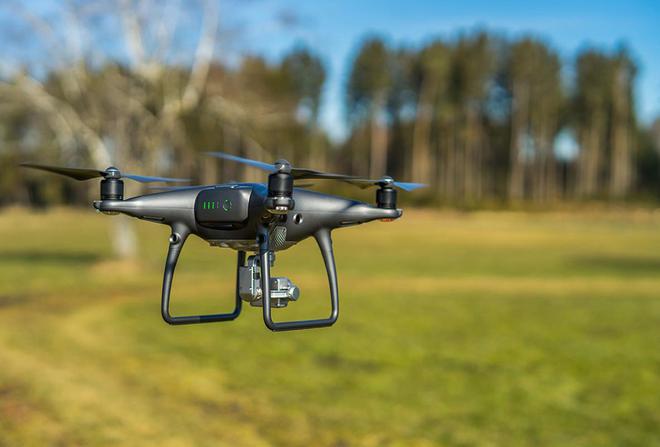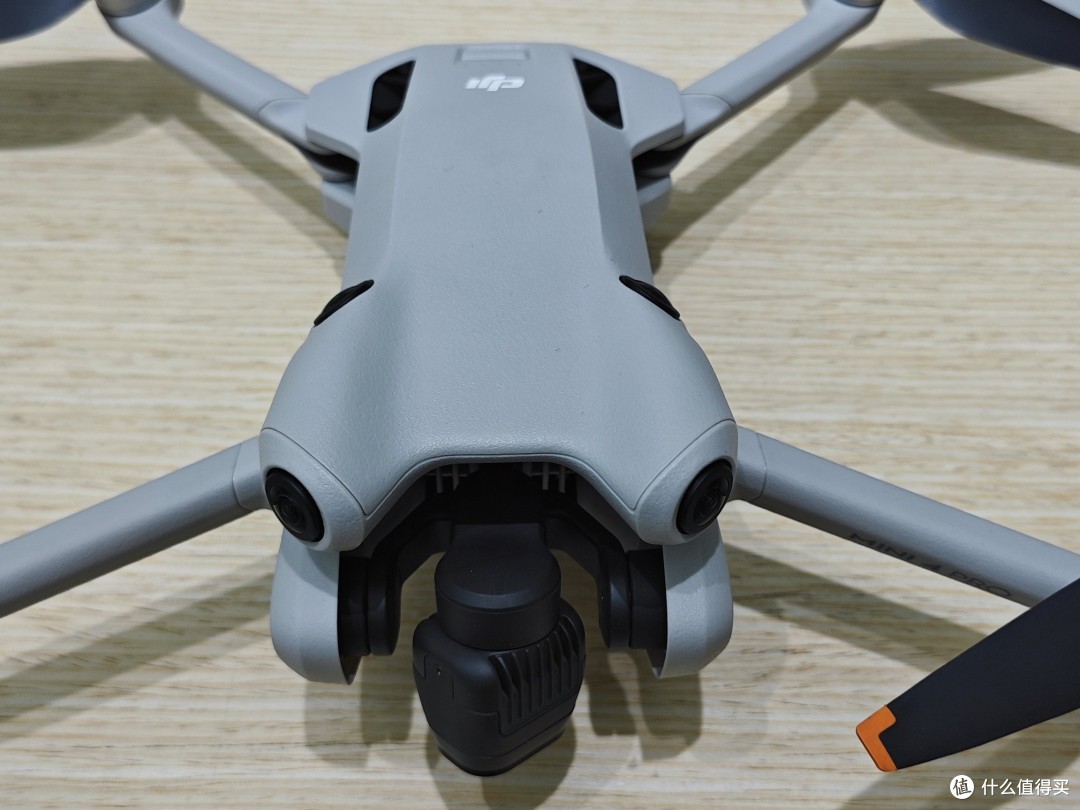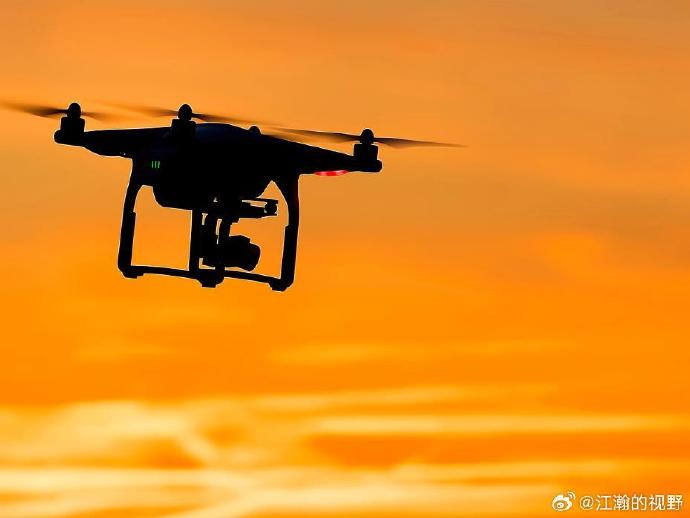Exploring the World of SAR Drones: A Technological Revolution
SAR drones, short for Search and Rescue drones, are transforming the domain of emergency services and disaster management. These advanced unmanned aerial vehicles (UAVs) have become indispensable tools, offering capabilities no other technology can match. From difficult terrains to inaccessible areas, SAR drones are paving the way for a new era of rapid response and efficient rescue operations. SAR drones are equipped with a vast array of sensors and cameras, enabling them to conduct searches in environments where human intervention may be challenging or even impossible.
The application of SAR drones is wide-ranging and significant. They are especially valuable in areas impacted by natural disasters like floods, earthquakes, and hurricanes. These drones provide real-time imagery, helping teams strategize the best approach for rescue missions. With their capability to fly over hazardous areas and transmit data back to base, SAR drones are frequently the first to reach disaster zones, surveying and assessing human impact and infrastructure damage.
The sensors on SAR drones are pivotal for locating survivors, missing persons, and assessing conditions in real-time. Infrared technology helps them detect heat signatures, ostensibly finding life underneath debris or rubble. Furthermore, the ability of these drones to hover and provide a bird’s-eye view ensures they cover large areas swiftly, saving precious time in rescue operations. The integration of GPS technology allows SAR drones to navigate through harsh conditions with precision and accuracy.
Advantages of Using SAR Drones
- Enhanced situational awareness through real-time aerial imagery.
- Increased speed and efficiency in locating survivors or victims.
- High adaptability to different environments and conditions.
One of the recent advancements includes the miniaturization of SAR drones, making them light yet powerful with longer battery life. Such improvements expand their usability across various disciplines such as wildlife conservation, firefighting, and border security, showcasing their versatility beyond traditional rescue scenarios.
In addition to natural disaster response, SAR drones are being employed in urban environments for applications like police surveillance and traffic management. Their capability to collect data without human intervention opens doors to potential uses that were previously unimaginable.
“The rise of SAR drones must be matched with appropriate regulatory frameworks to ensure smooth integration into public and private sectors, enhancing civil protection and promoting safer skies.”

Challenges Ahead
Despite their immense benefits, SAR drones face hurdles that need addressing. These include regulatory restrictions, privacy concerns, and technological limitations such as limited flight time due to battery constraints. Efforts are underway by companies and governments to address these issues, promoting wider adoption and ensuring these drones reach their full potential.
Looking forward, continuous innovations are anticipated, including advanced artificial intelligence for autonomous operation and improved data security measures. With meaningful investment and research, SAR drones could revolutionize not just rescue operations but also multiple sectors, enhancing safety and efficiency worldwide.
FAQs About SAR Drones
Q: What are SAR drones?
A: SAR drones are unmanned aerial vehicles designed specifically for search and rescue operations, equipped with sensors and technology to assist teams in emergency situations.
Q: How do SAR drones locate missing persons?
A: SAR drones use infrared cameras to detect heat signatures, helping locate survivors beneath debris or cover. They can also provide real-time imagery for fast assessment and deployment.
Are SAR drones expensive to deploy?
A: While costs vary, SAR drones offer a cost-effective solution in comparison to traditional rescue methods, considering their speed, efficiency, and low risk to human life.
